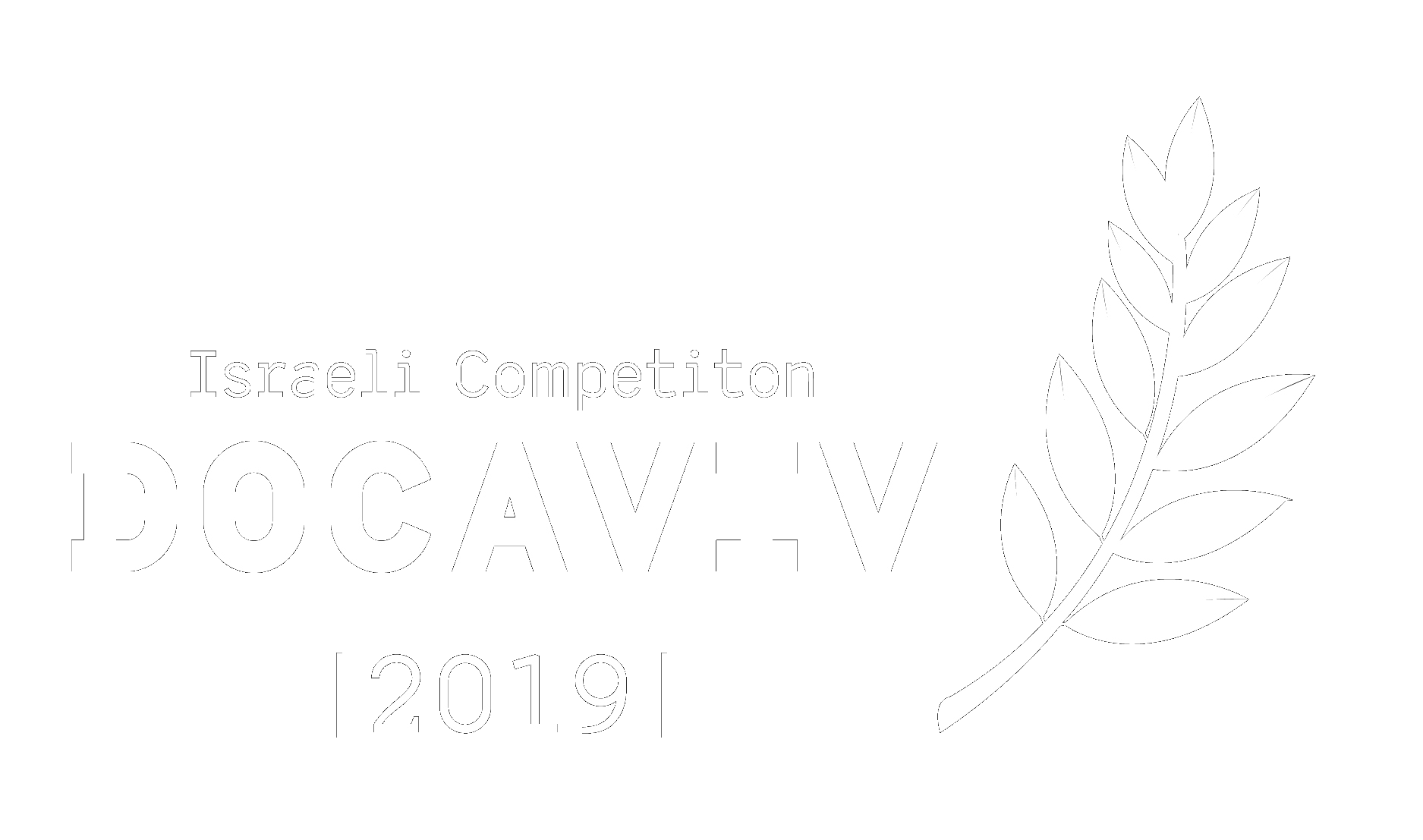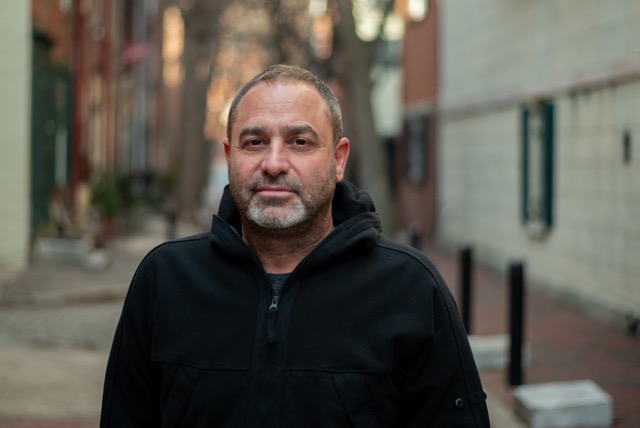






 During the time of the Spanish Civil War, Virginia Woolf received a letter from a prominent lawyer in London who asked her, perhaps provocatively: “How, in your opinion, are we to prevent war?” In her answer Woolf suggested they first address his use of the word “we” with a little thought experiment. What would happen, she asks him, if they both observe the images of war that are published every week? “Let us see,” she writes, whether when we look at the same photographs, we will feel the same things.”
During the time of the Spanish Civil War, Virginia Woolf received a letter from a prominent lawyer in London who asked her, perhaps provocatively: “How, in your opinion, are we to prevent war?” In her answer Woolf suggested they first address his use of the word “we” with a little thought experiment. What would happen, she asks him, if they both observe the images of war that are published every week? “Let us see,” she writes, whether when we look at the same photographs, we will feel the same things.”
I consider my first encounter with this correspondence, around five years ago, as the moment in which the film The Viewing Booth was conceived. Woolf’s simple and prophetic words were written in a time when the photography of human suffering was a nascent and seemingly unshakable medium of truth. Reading them 80 years later, in a time when truth itself is a contested term in public life, I asked myself: Are people who are looking at the images I make, seeing what I am seeing?
Woolf’s words permitted me, or rather commanded me, to question the way nonfiction images function, especially in regard to their role in advocating human rights and social justice. For a few years I searched for the cinematic way to do this. If documentaries are an exploration of reality, I thought, then there must be a way to explore the reality that is the documentary. The more I searched for the filmic path to do this, the more I felt that in order to understand images I should stop looking at images, but rather turn the camera towards the viewers. The result is The Viewing Booth.
While it encompasses questions that were cultivated over a long period of time, The Viewing Booth finally happened, almost by chance, during a session that was meant to be a pilot shoot, testing a possible concept for the project. Years of thoughts suddenly and unexpectedly found a cinematic expression when Maia Levy, whom I had never met before, entered the improvised viewing booth that I had created at Temple University in Philadelphia. Maia’s dialogue with the images of Palestine and Israel, as well as her reflections on her own perception of these images, lead me to confront myself — as an image maker — in ways that I had not expected. The result is an intimate and tightly focused film that invites viewers to delve into quintessential universal questions on the perception of nonfiction images in our times.
The introspective nature of The Viewing Booth determined its unconventional form and structure – one that often evokes the idea of a mirror, or a hall of mirrors. As the work on the film progressed, I realized that it is not only Maia and myself, who are facing our own reflections through this film. If it achieves its objective, The Viewing Booth will become a mirror for its viewers, as well as for the nonfiction tradition – a tradition which I consider myself a part of.





